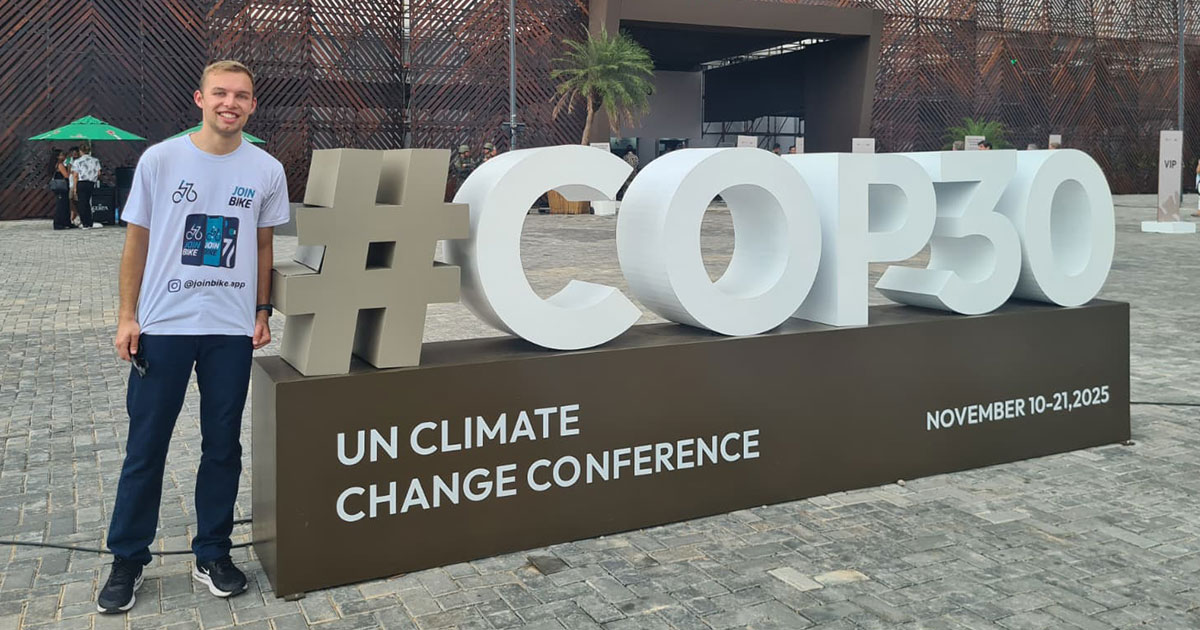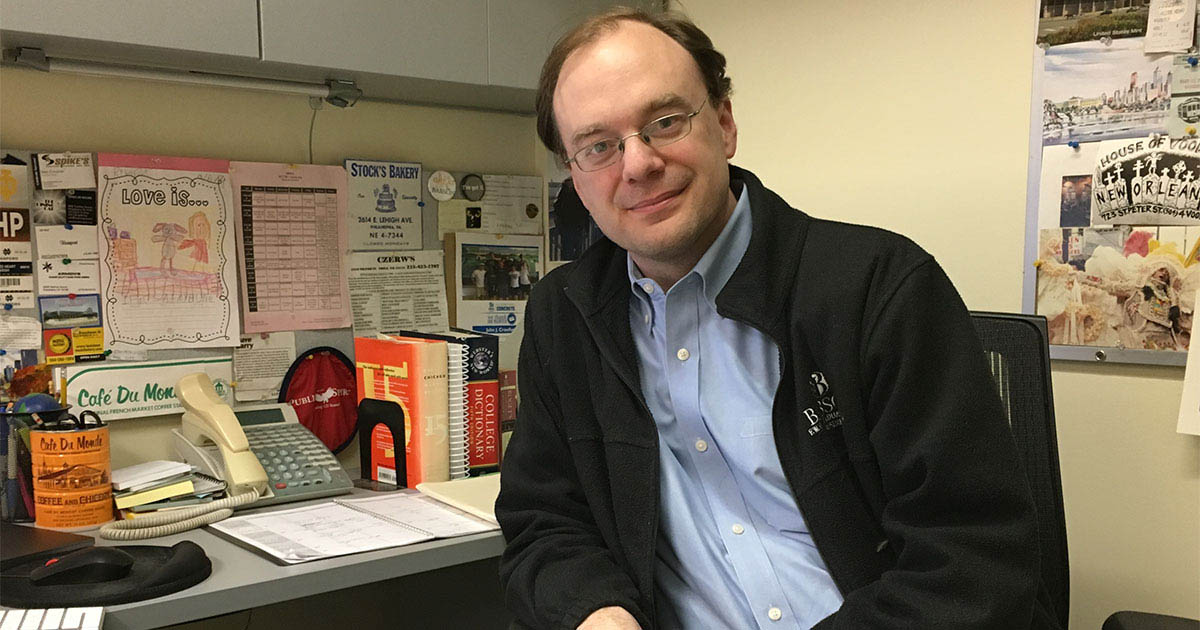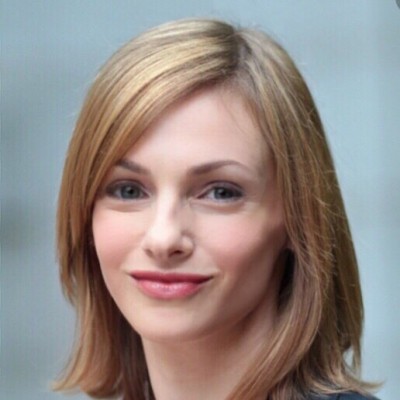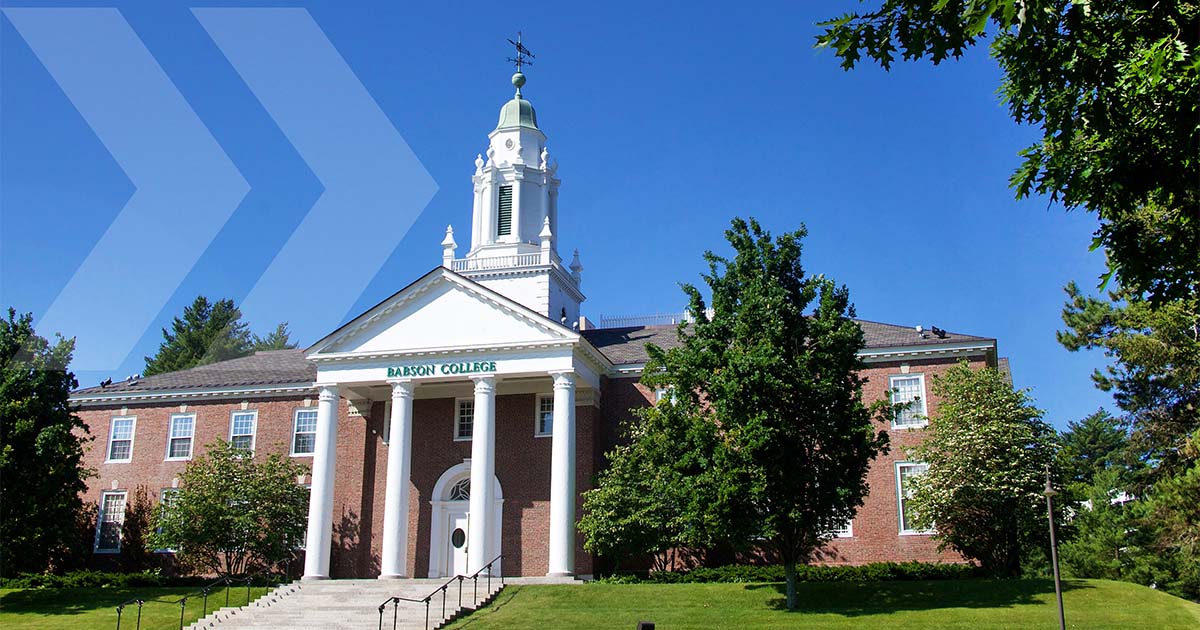Fueled by Love of Art, Babson Student Finds Novel Application for NFTs
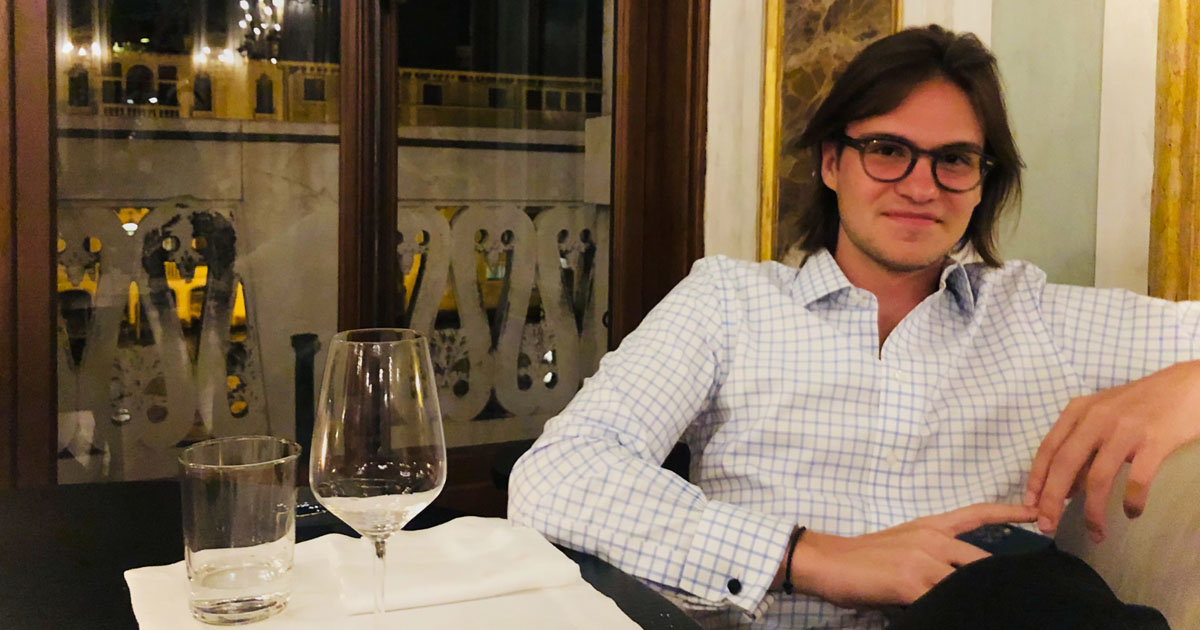
A craze sweeping the art world—NFTs—made headlines last spring when one sold for $69 million at Christie’s. Since then, many have tried to get up to speed on cryptoart and make a buck. But, Magnus Aske ’23 has more than a profit motive.
“I grew up in an environment where I loved art,” Aske says. “I went to the Museum of Fine Arts, to MoMA (Museum of Modern Art). Business is also a key part of it. To me, NFTs are this beautiful mix of art, technology, and business.”
An NFT, or non-fungible token, is a unique digital file created using computer code and stored on a digital ledger known as the blockchain, which certifies it is unique and cannot be duplicated. NFTs usually are bought with Ether, a cryptocurrency similar to Bitcoin. They can be used to represent items such as photos, videos, music, and other digital files, but they have really taken off with artists—particularly young artists.
“My interest was sparked by the growth that was occurring in the market,” Aske says. Some cryptoartists—often in their teens or even preteens—have made millions selling their work. The artist whose work sold at Christie’s, Mike Winkelmann, better known as Beeple, “is the third best-selling artist of all time,” Aske says. “That’s comparable to Koons or de Kooning.”
A Landmark Sale
After a lot of research, Aske found a way to combine his love of art and entrepreneurship and came up with a project involving the antiquities collection of a foreign country. Because the project is in legal negotiations, he said the country cannot be named, but the idea involves “creating an engine for institutions to fundraise via NFTs. We’ll work with them to create their official NFTs and take care of the marketing, sales, and technology elements of launching a successful project. We take a cut of these proceeds, and the rest goes to the institution to support their mission, whatever it may be.”
Aske says his project will be the first NFT of its kind in collaboration with a government. “In my mind, it will be one of the biggest early landmark sales in NFTs so far,” he says. “One of many.”
The government in question, he says, “has a lot of cultural assets and the upkeep and the finance that’s needed to take care of current pieces—this money can be utilized for that. Especially during COVID, a lot of museums and private institutions had to be closed. We’ve created an opportunity to raise money from an internal initiative rather than asking for donations.”
From Magical Swords to African Land Registries
A piece of NFT artwork cannot be hung on a wall. It is a digital file hosted online, with the NFT containing information about the artwork—including the name of the artist, title, and the current owner—that points to it, rather than something tangible. So, why do people buy them?
Young collectors “are used to digital assets,” says Steven Gordon, professor of information systems at Babson. “With gaming, they purchase swords and magical wands. They’re very comfortable with purchasing digital things that only exist in the abstract.”
Gordon said the same blockchain technology used to prove ownership in the NFT art space has had important applications elsewhere. Anything that involves tracking custody, ownership, or use could use NFTs and blockchain. In Ghana, blockchain technology serves as a digital registry of land ownership. Previously, “If you owned land, you couldn’t take out a mortgage on it, you couldn’t sell it, you couldn’t prove it was yours,” Gordon says. “Now, they’ve got the digital title and the right to do what they want with it.”
“In my mind, it will be one of the biggest early landmark sales in NFTs so far. One of many.”
Magnus Aske '23
Some have criticized NFT art for being amateur and cartoonish, a fad that will soon fade. But, Aske has a different perspective. “Digital art is just another means of creating art,” the Babson undergraduate student says. “The artists are just creating on a digital canvas. Traditionalists may not see it as real art. I totally disagree with that. I see the vision and the talent to be comparable.”
Gordon admits that he has “very little appreciation” for modern art in general but finds NFT art “visually appealing.” And, it’s good for the artists who create it, he says, because unlike in the traditional art world, they get a royalty upon resale. He also thinks the NFT boom will continue.
Aske agrees. “The idea that a government is going to be involved is such a validation of NFTs. You cannot put this technology away,” he says. “It’s a Pandora’s box that won’t be closed.”
Posted in Entrepreneurial Leadership
